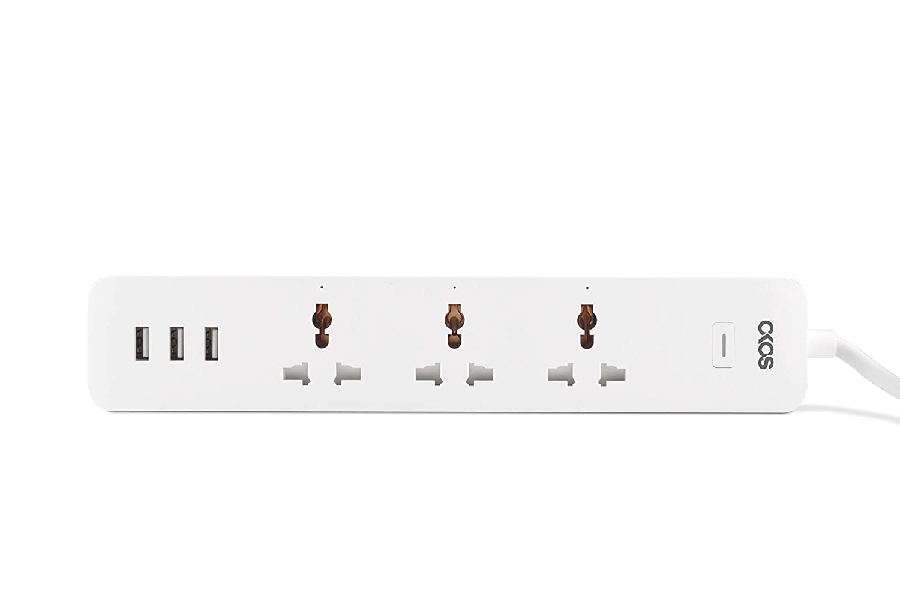What is a Fraudulent Device?
A fraudulent device refers to any Internet of Things (IoT) device which is utilized for illegal activities. Cybercriminals create these devices by bypassing their built-in security features, enabling malicious use. Fraudulent devices can be manufactured through various methods: click this for how to check if a device is fraudulent
Jailbreaking: This involves removing software restrictions on iOS devices, allowing users to modify the operating system, install unauthorized apps, and gain administrative privileges. Jailbreaking involves kernel patches that permit root access, enabling the installation of non-App Store software. Compromises the device’s built-in security, making it vulnerable to misuse by both the owner and hackers.
Rooting or Cracking: This process is similar to jailbreaking but applies to Android devices. Although some Android manufacturers allow users to unlock their devices and install unapproved apps, this reduced security level can lead to malicious activities. Consequently, Android devices are frequently used in fraudulent schemes.
Tampering: Cybercriminals may physically access and alter a device’s software or hardware. For instance, in credit card skimming, they attach a device to a card reader to capture credit card information during transactions.
Flashing: Involves replacing the device’s operating system and resetting it to factory settings. It creates a new device identifier and evades detection methods like device fingerprinting, which tracks the association of multiple accounts with a single device.
Detecting fraudulent devices can be challenging and involves looking for suspicious code, file permissions, and APIs. However, the most common fraudulent devices are created using emulators, which are harder to detect.

What are Device Emulators?
Emulators allow users to virtually replicate or simulate different types of devices. They can create numerous virtual devices by cloning the same device repeatedly, bypassing the need to physically acquire and set up various devices with different operating systems. Emulators are used to spoof or clone devices, generating multiple virtual devices.
Legally, emulators help developers test apps on various devices and operating systems without purchasing each combination. They enable the creation of virtual versions of devices to identify bugs and other issues. Gamers also use emulators to play games from different platforms without buying multiple systems.
Unfortunately, Emulators are exploited by cybercriminals for illegal purposes.
How Can Fraudulent Devices Be Detected?
To protect your business and customers from fraudulent devices, it’s crucial to stay informed about emerging fraud tactics. A two-pronged approach is recommended:
Data Enrichment: Combine multiple sources of device intelligence to detect anomalies. Cybercriminals often spoof signals and remove traces, but advanced data enrichment technology can differentiate between real and fraudulent devices. By correlating device attributes with behavioral data, it becomes easier to spot tampered or spoofed devices. Emulators typically leave detectable footprints, such as missing critical behavioral data.
Behavioral Biometrics: This approach uses machine learning to analyze how humans interact with devices. By examining data points like touch pressure, swipe speed, and device orientation, behavioral biometrics can distinguish between genuine and emulated devices. Each individual’s interaction patterns are unique, making it difficult for emulated devices to replicate them accurately.





